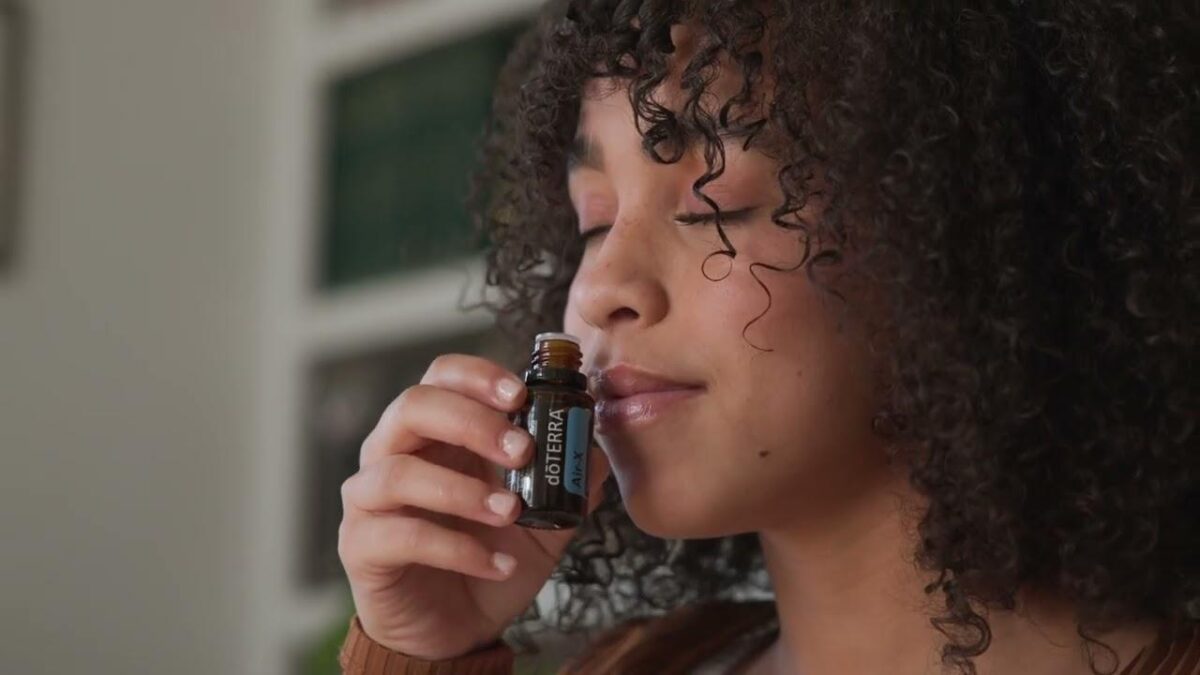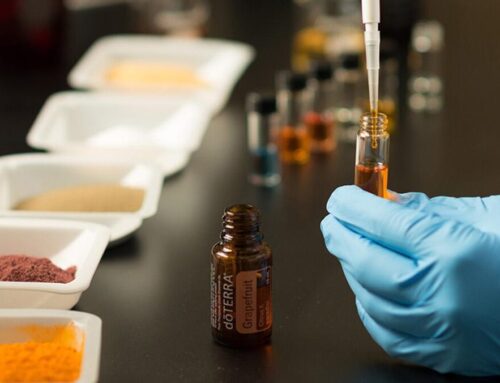Essential oils are easy to use. Although there are some common sense guidelines, there really isn’t anything complicated about it. There are three basic categories that all the various ways we use oils fall into. Those are Aromatic, Topical and Internal.
Aromatic
Aromatic use of oils focuses on breathing in the aroma and chemical compounds that make up the essential oil. It’s the fastest way to impact your mood and emotions. Simply breathe in the aroma. From there, those chemical compounds travel up the olfactory nerves and make their way to the amygdala in the brain.
The amygdala is responsible for the perception of emotions such as anger, fear, and sadness, as well as the controlling of aggression. It helps to store memories of events and emotions, so that we are able to recognize similar events in the future
When we breathe in essential oils, those chemicals are able to impact the amygdala and influence our emotions. They can help to calm and soothe us, reduce anxious feelings, uplift your mood when you are feeling down.
Aromatic use is also the best way to impact the respiratory system, and to purify the air.
Using oils aromatically can be done in many ways. Diffusers are popular because they are able to quickly and effectively spread the aroma and those chemical compounds throughout a room, improving the mood of everyone in the room. But you don’t need a diffuser to get the benefits of aromatic use. You can simply put a few drops in the palm of your hand, rub your hands together and then put them up to your nose and breathe in deeply. Try it with some wild orange! If you’re like most people, it will put a smile on your face.
Topical
Topical use often focuses on impacting the skin, muscles and joints. Lavender is great for soothing skin irritations and burns. Tea tree, with its anti-fungal properties, is great for dealing with skin issues – pimples and blemishes or skin issues you might experience on your feet.
Oils like marjoram can help relax tense muscles, while wintergreen and blends like doTERRA’s Deep Blue are great at easing muscle or discomfort after working in the yard. (Or for my husband, a long bike ride).
For issues like skin blemishes, you can often just get a little oil on your finger tip and massage that in. But for many uses, you’ll want to dilute.
Why Dilute?
One reason to dilute when using oils topically is that some oils are very warming to the skin. Applying an oil like oregano or cassia directly to your skin could be uncomfortable or sensitizing. Diluting oils is a smart way to ensure you have a positive experience with your oils.
Dilution helps to slow the absorption into the skin, allowing you to spread oil over a larger area. If you put a few drops of marjoram on your leg and then try to rub it in, it will absorb before you can spread it over leg. But you can put those same few drops of oil in your hand with a bit of a carrier oil, and spread that over a much greater area, ensuring you neither waste nor over-use your oils.
doTERRA has the Touch line of oils that are pre-diluted and in easy to use roller bottles, perfect to use with kids or on the go.
Always dilute the oils when using them with babies, children & the elderly, or when applying to more sensitive areas of the skin.
Researchers continue to confirm the safety of internal use of essential oils, and there is a lot of information available to help users stay within the safe parameters of internal use, when using oils of the highest purity
Internal Use
There is often a lot of discussion about the safety of using oils internally. Safety of internal use is mainly of concern when you are not confident in the quality and purity of your oils. Many oils on the market are labeled “not for internal use” and even some brands who claim their oils are 100% pure also state their oils shouldn’t be ingested.
Researchers continue to confirm the safety of internal use of essential oils, and there is a lot of information available to help users stay within the safe parameters of internal use, when using oils of the highest purity. You need to know where your oils are coming from and what the manufacturing process is. We can delve into this deeper in another post.
doTERRA’s oils go through very rigorous testing to ensure they are both pure and potent, and I feel confident using their oils internally. Any suggestions I offer on this site regarding internal use are specifically with doTERRA essential oils.
There are some oils, such as wintergreen, cypress and spikenard, that shouldn’t be ingested even when it’s totally pure. You’ll want to check the supplement facts on the label of your oil to make sure it’s safe for internal use. If it’s missing that supplement facts label, or says its not for internal use, don’t ingest it.
That all being said, responsible internal use of oils is a great way to support your digestive system and overall wellness. Oils like fennel and anise (and doTERRA’s Digestzen blend) are known to help reduce discomfort from excess stomach acid. Cooking with essential oils is a great way to get flavor into your recipes. Adding a few drops of lemon or grapefruit to your water (always use a glass or stainless steel container!) tastes great and can help your body in its efforts to remove toxins.
Use Pure, Potent and Medicinal Grade Oils
Whichever method you choose to use your oils (and I use them all on a daily basis), just be sure you are using oils from a source you trust, who can provide the data on sourcing and testing.
When using doTERRA oils, you can get the testing details on any bottle of oil by going to SourceToYou.com and entering the batch number found on the bottom of the bottle!





